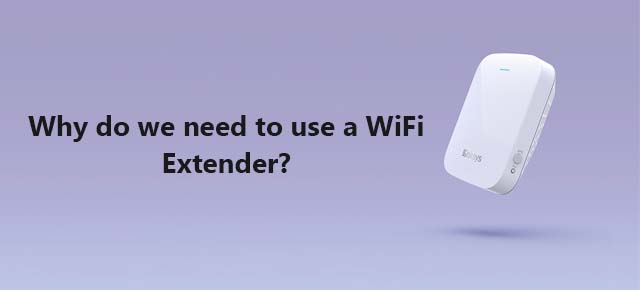The wifi range extender is most usable in this implementing world. There are a lot of uses of the wireless range extender which provides you with a better connection. If your home is covered up with a congested location and low or dead zone, you can use a wifi range extender.
Now that we comprehend the distinctions between wireless extenders or repeaters, WAPs, and wireless mesh systems, let’s peek at some usage issues for wireless extenders. Controlling remote units is problematic, and multiple of these resolutions may require support from an IT resource.
The wifi repeater setup is completed with the browser, just type in the browser web address and apply the settings. But when you search its web address, Myrepeater.net not working. You can resolve the issue by reconnecting your wireless device again to the internet. Also, reboot your wireless range extender, and computer, and use an updated browser to use the web address.
The public benefit circumstance for a WiFi extender is specific: a moderately low-cost method to boost the signal range. Keep in mind the tradeoffs connected to performance and interference that we once discussed. If you have a wireless network throughput, dead zone, or a congestion problem, a wireless extender likely is not a suitable tool for the job.
Here are the following circumstances where a wireless extender may support:
Boosting the WiFi network signal between bases and floors. Think you have a 3-story structure, and your WiFi router is on base 1. The wireless network signal is nonetheless powerful on the 2nd floor though doesn’t completely contact the 3rd. Establishing a wireless extender on the 2nd floor can provide the perfect network connection and the additional increase needed for the 3rd floor.
Hindrances are Obstructing the WiFi Signal. Physical things can interfere with radio signals like WiFi. If there are physical obstacles between your consumer devices and the WiFi router, a strategically established wireless extender may support it. As with our foremost instance, make sure to set the extender somewhere the network signal is nevertheless powerful.
Your consumer devices are excessively distant from the router. Consistently if there aren’t physical obstacles or snags between your wireless devices and the WiFi router, the space may be a problem. Adding an extender to the combination may assist in this circumstance as nicely.
Kinds of WiFi Extenders
There is a mess of additional devices out there that are labeled as WiFi extenders of some kind. Not all of these work neatly into the above wireless extender vs. WAP characterisation. Let’s glance at some of the more prevalent alternatives.
Single-band WiFi Repeaters
Single-band WiFi repeaters are the primary instance of a wireless extender. They will either help 2.4 GHz or 5.0 bands. They commonly must utilize the same WiFi frequency and network channel to transmit with customers and routers. As a consequence, single-band repeaters can be extremely easy to reduce throughput decrease and network congestion problems we clad.
Single-band repeaters are likewise commonly low-cost. If you’re glancing for a low-price point extender, a single-band WiFi repeater may do the trick. Ensure to verify the wireless extender is consistent with your router’s specifications.
You can set it up with an ap.setup. When the ap.setup not working you just need to reset your wireless range extender. It works very suitably after completing the configuration process.
Dual-band WiFi Repeaters
It is the same as a dual-band WiFi router. The dual-band WiFi repeaters help to get both 2.4 GHz and 5 GHz WiFi frequencies. By keeping two different network bands, some dual-band repeaters can reserve one for backhaul traffic to the wireless router and the other for customers.
This can decrease some of the performance tradeoffs hooked up with single-band repeaters. Nevertheless, it isn’t certain that a dual-band repeater will help devote a band to backhaul. Be confident to glance for the wireless extender to reach out “reliable backhaul” or alike if that is a component you like. Further, technologies like beamforming and MU-MIMO (multi-user multiple-input multiple-output) can assist enhance the wireless network performance.
In most circumstances today, if you’re going to support a wireless extender, you’ll likely like to go dual-band. It offers you more flexibility and a more expansive range of help.
Another type of wifi range extender is Wired WiFi Extenders/WAPs, Powerline Adapters, Mesh Networks, etc. The best range extender is NETGEAR EX3700, TPLink RE650 WIFi range extender, NETGEAR EX7700, etc.

